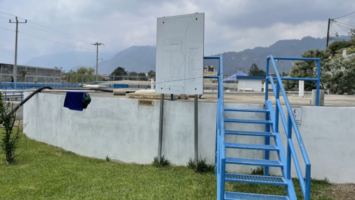
Taiwan’s central bank is yet to conclude work on its central bank digital currency (CBDC) and according to the bank’s governor, the institution may need two more years to finish its work, a report has said. Some of the bank’s next tasks include winning the public’s support, ensuring the system is stable, and building the currency’s legal framework.
Simulating Use of the CBDC
Some two years after work on Taiwan’s central bank digital currency (CBDC) commenced, the governor of the country’s central bank, Yang Chin-long, recently revealed that his organization is still working on the project. Yang warned the central bank may need as long as two years to complete the task.
Yang, who spoke at a digital currencies forum, also disclosed the central bank had been simulating the use of the CBDC in what a Reuters report called a closed-loop environment. However, the same report said the central bank now faces three key tasks. These include communicating and ultimately winning the public’s support, ensuring the system is stable, and building the currency a legal framework.
According to the report, the governor also conceded that the entire process may last more than the anticipated two-year period.
While the Taiwanese people are reported to be more accustomed to using cash, Yang said the central bank had to consider the fact that future generations will likely use digital currencies more than they use physical cash.
“We still have to push forward. After all, most of the young people in the future will use mobile phones, so we have to think about the next generation,” Yang is quoted in the report explaining.
What are your thoughts on this story? Let us know what you think in the comments section below.
Image Credits: Shutterstock, Pixabay, Wiki Commons
Disclaimer: This article is for informational purposes only. It is not a direct offer or solicitation of an offer to buy or sell, or a recommendation or endorsement of any products, services, or companies. Bitcoin.com does not provide investment, tax, legal, or accounting advice. Neither the company nor the author is responsible, directly or indirectly, for any damage or loss caused or alleged to be caused by or in connection with the use of or reliance on any content, goods or services mentioned in this article.






















Comments (No)